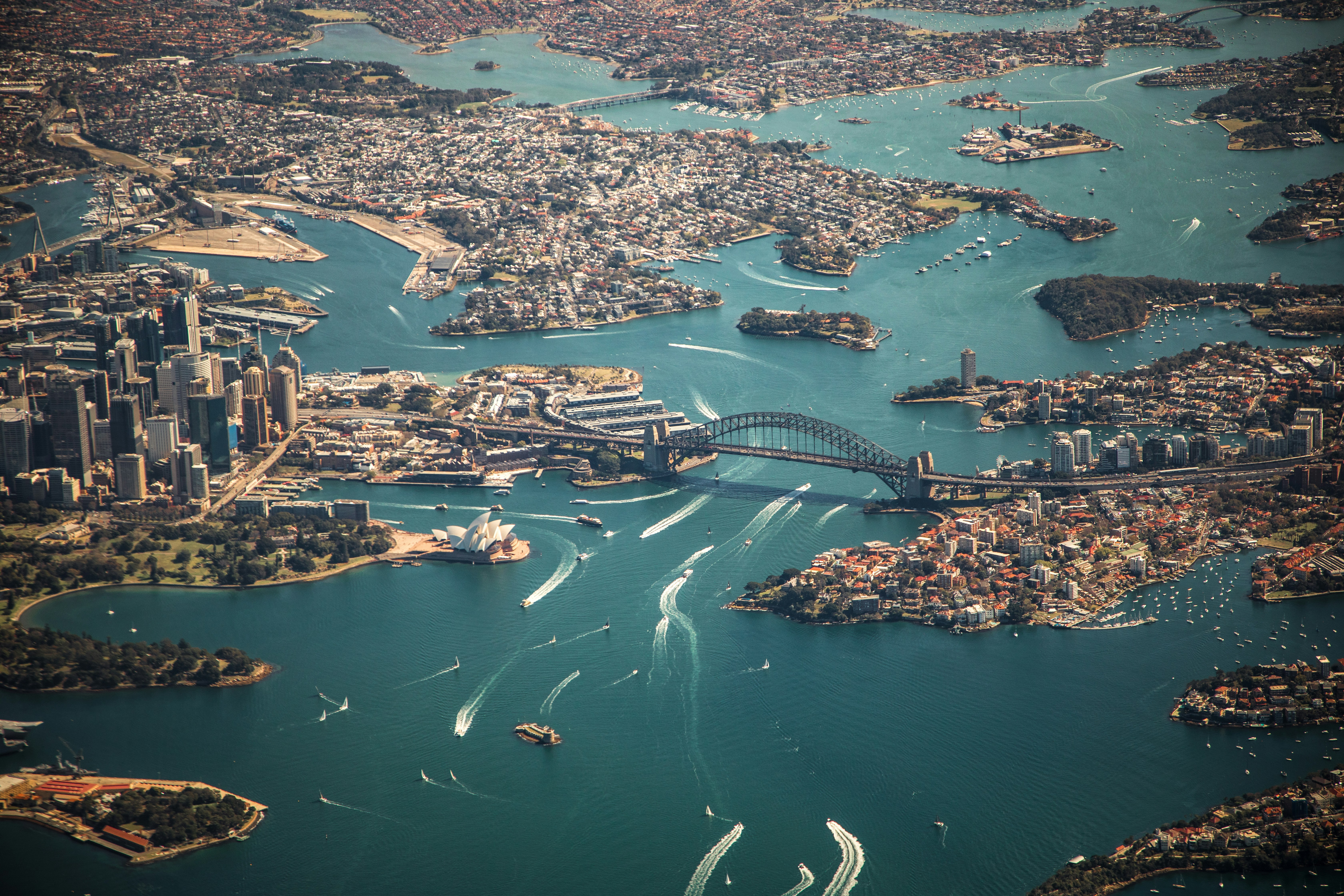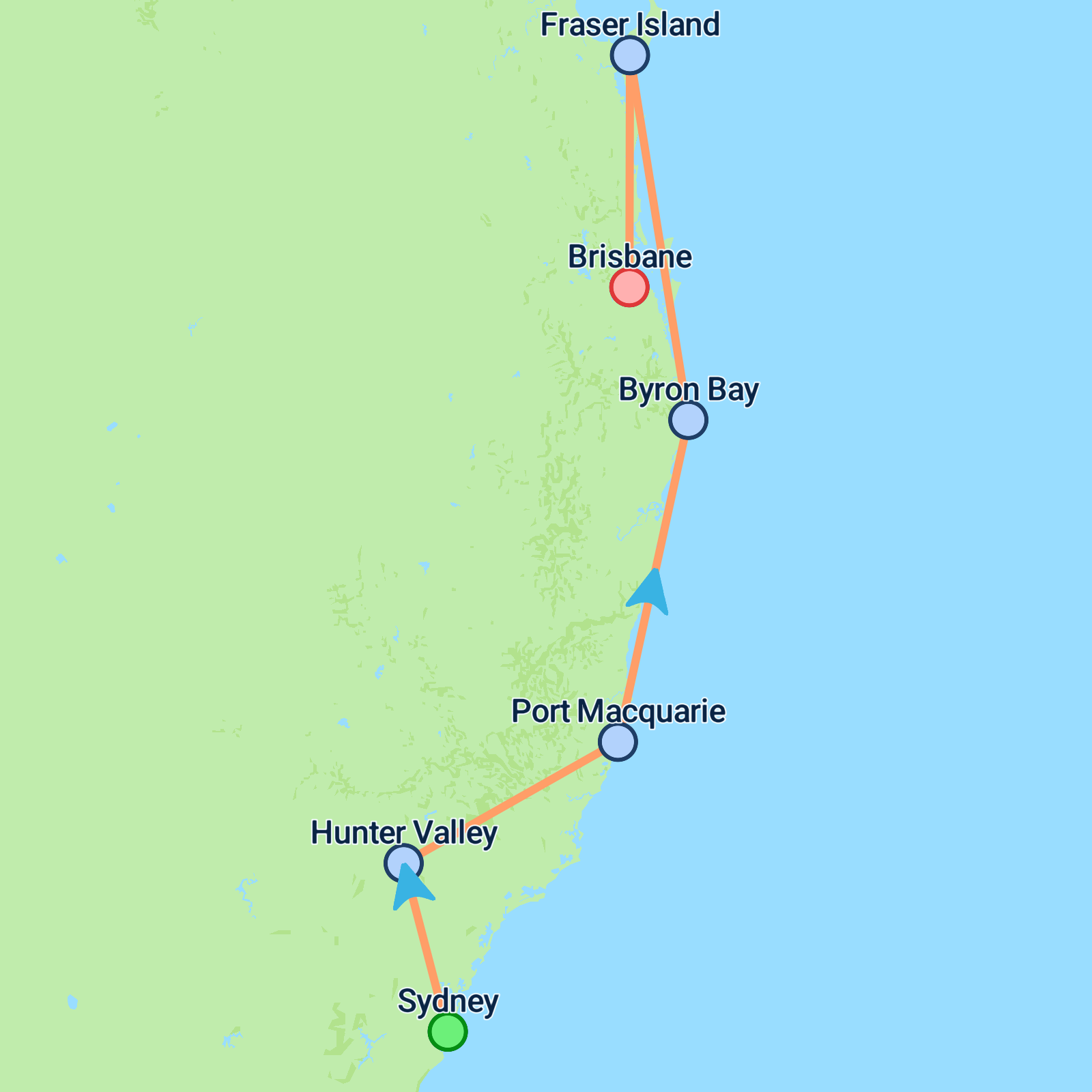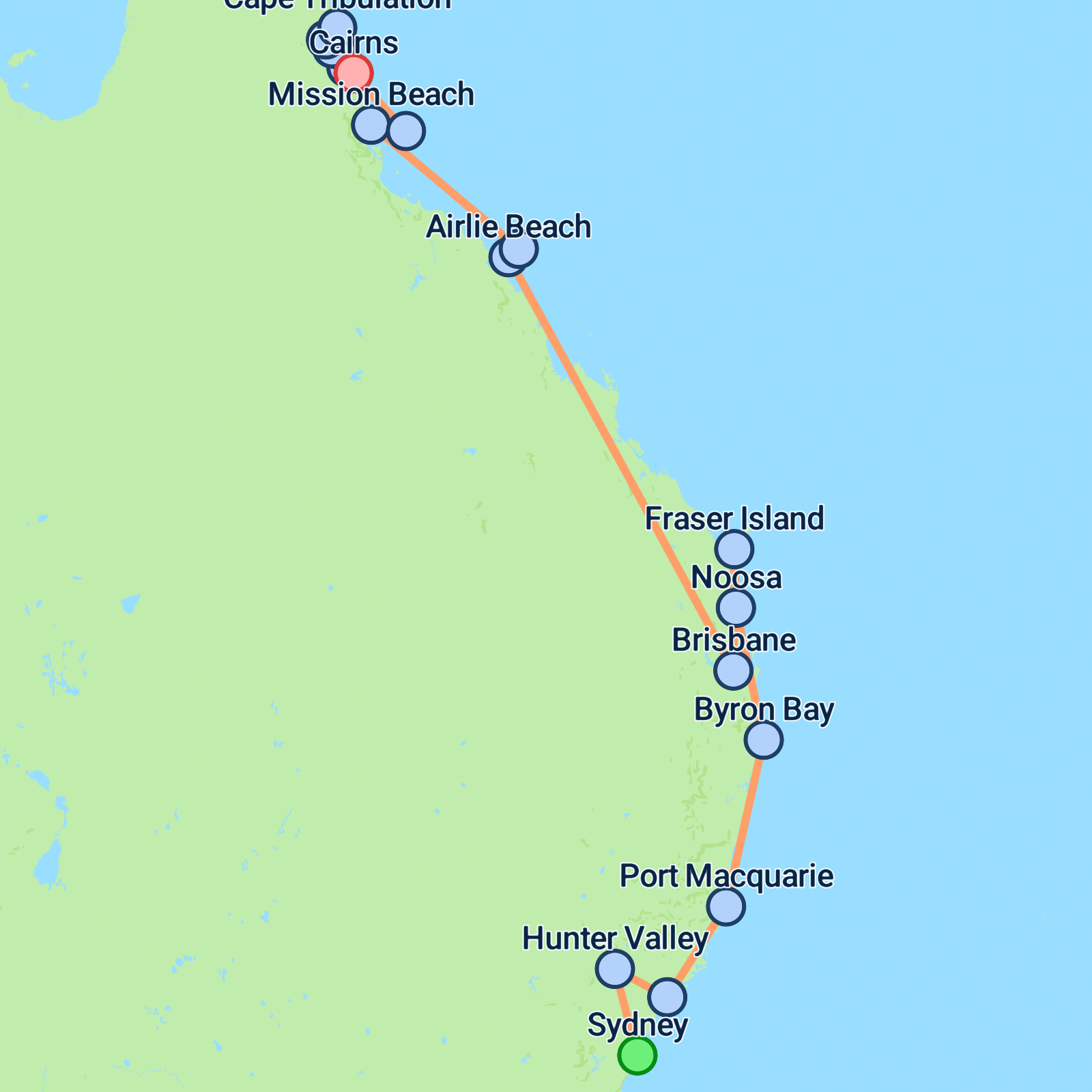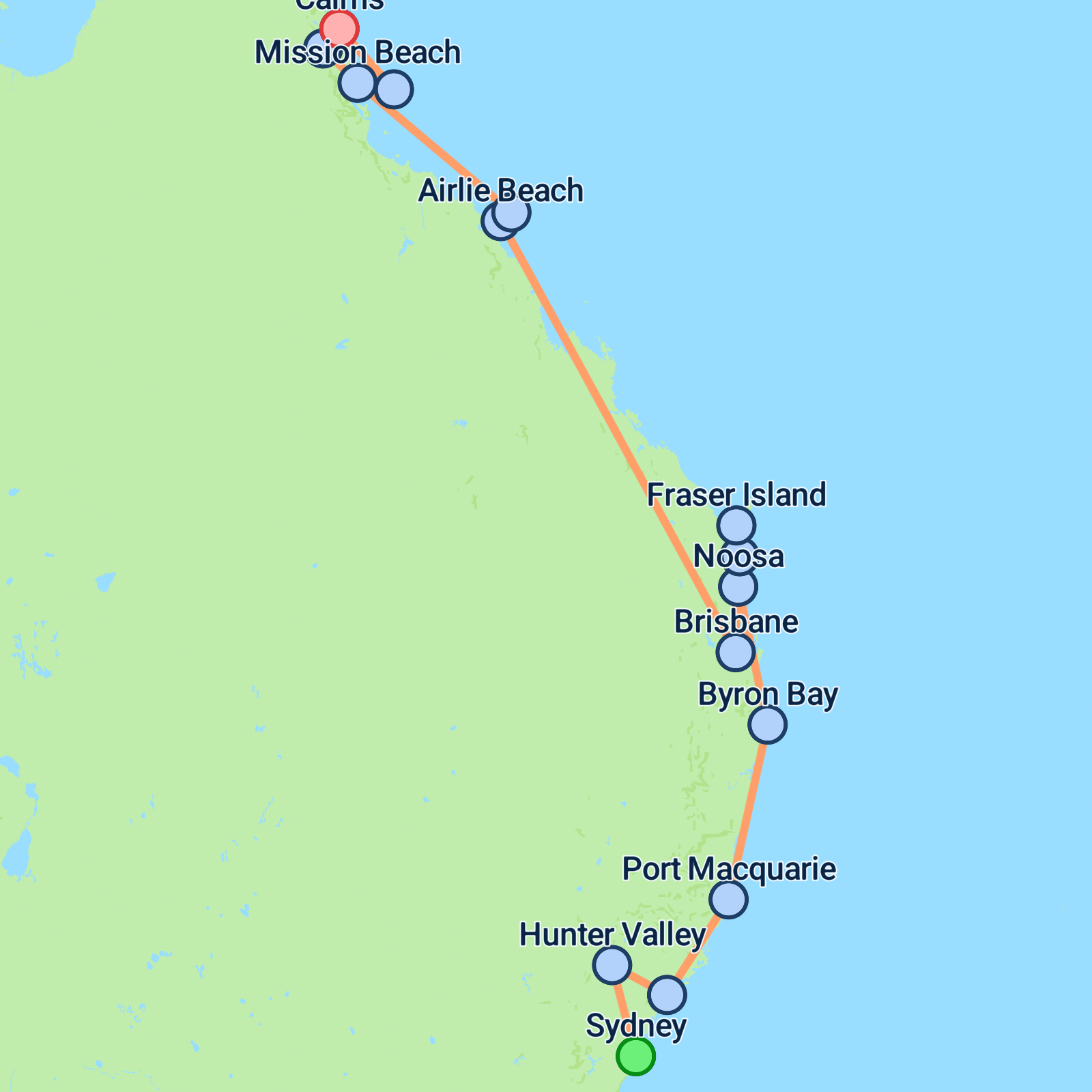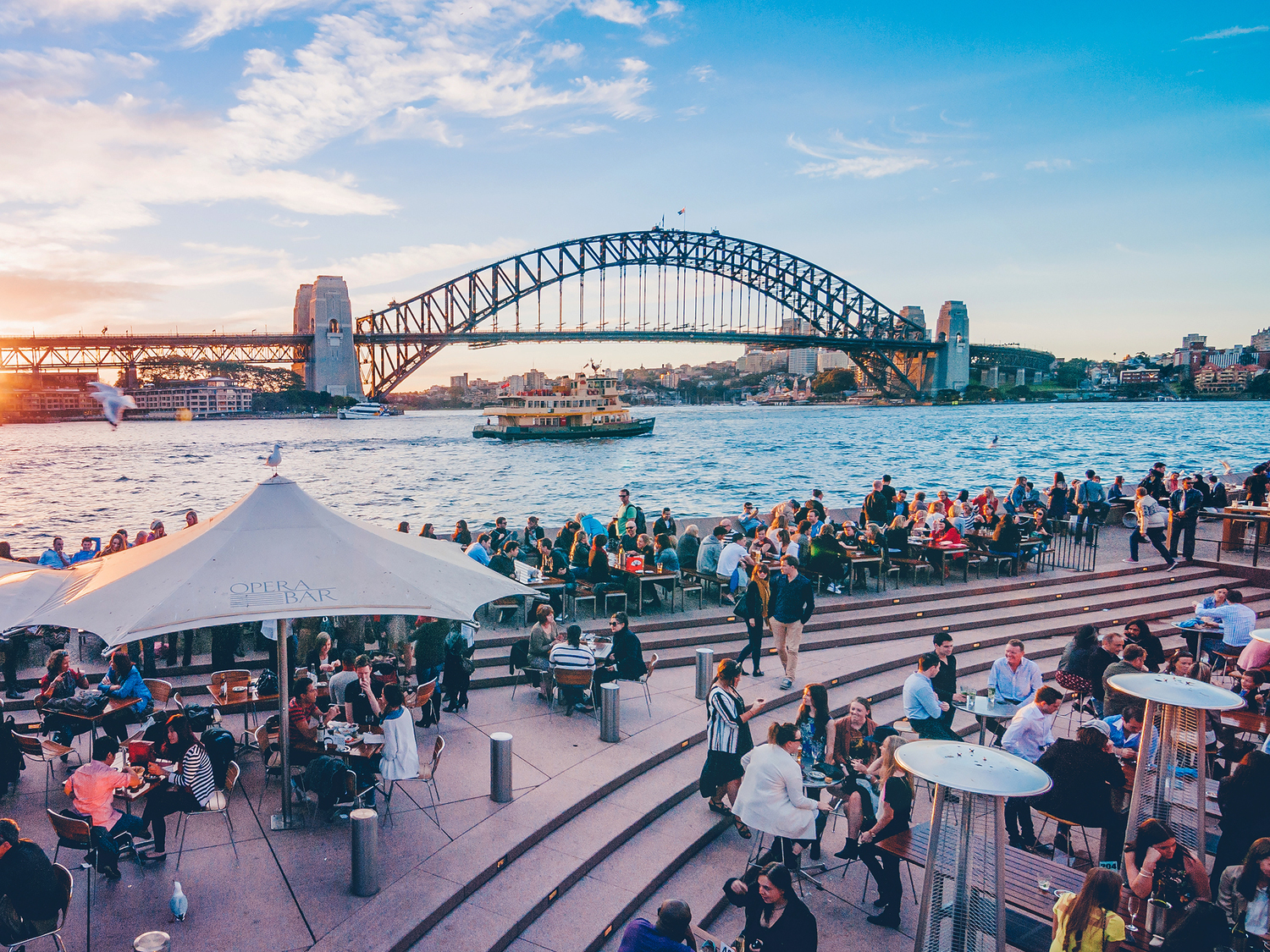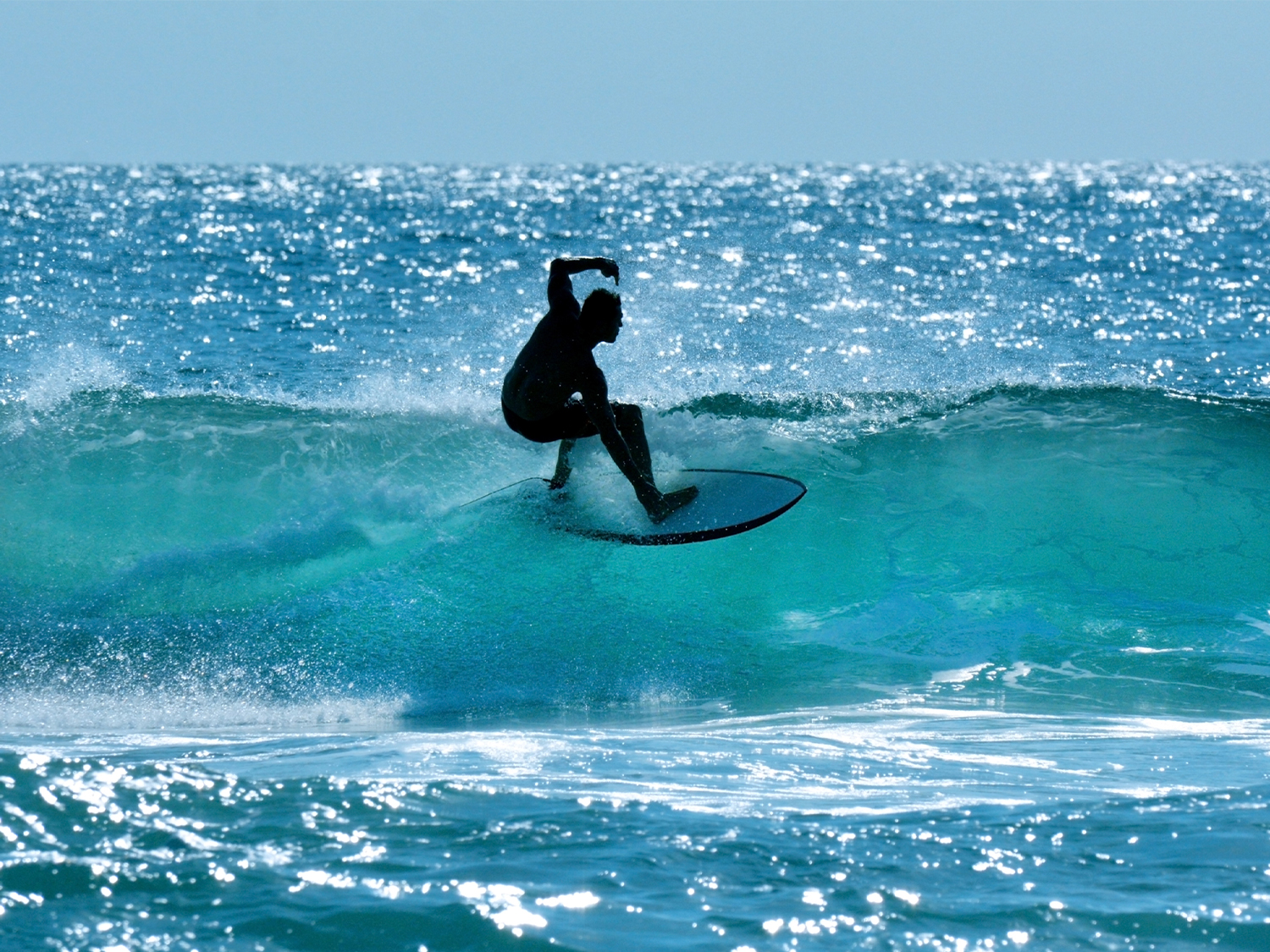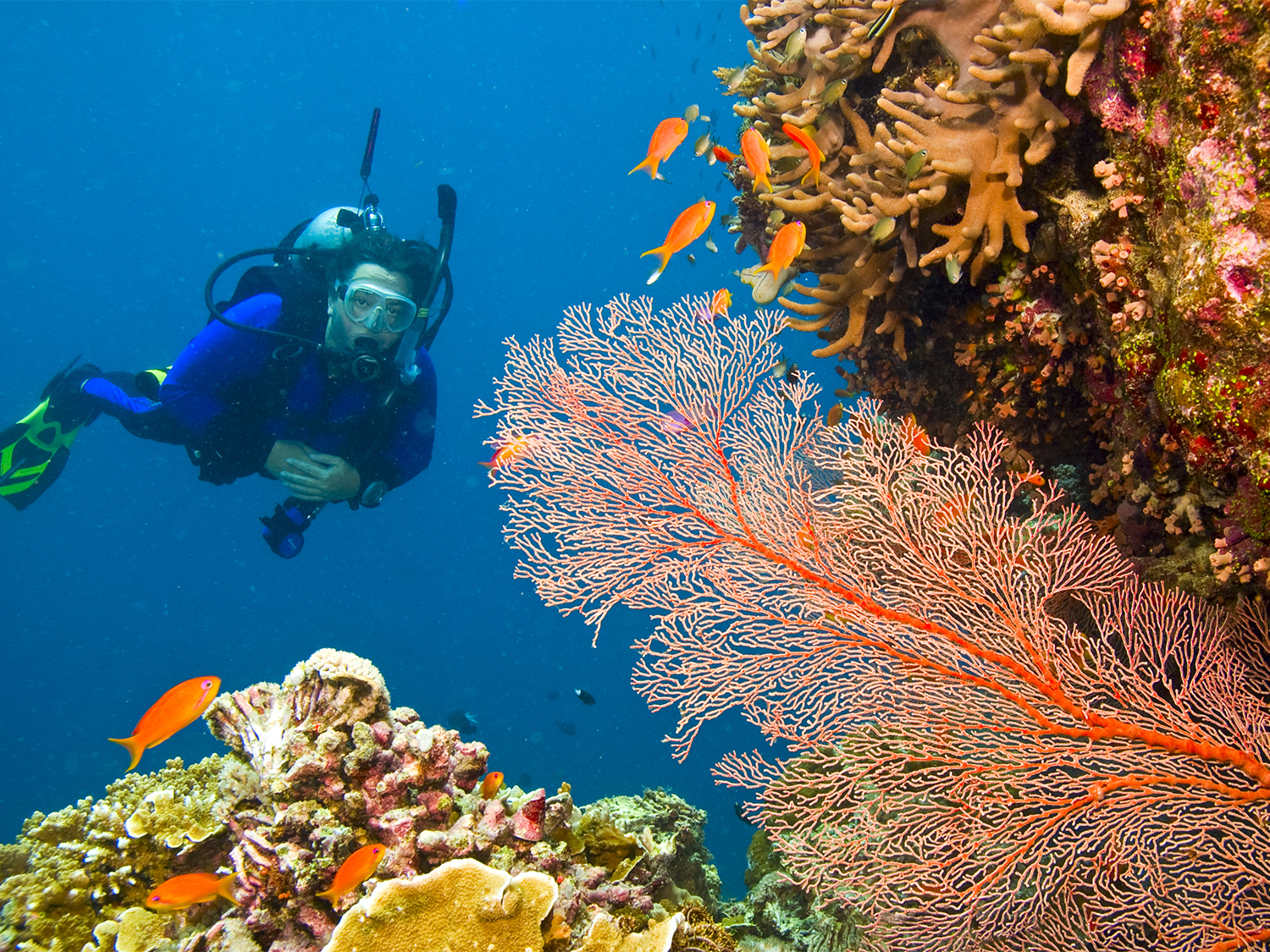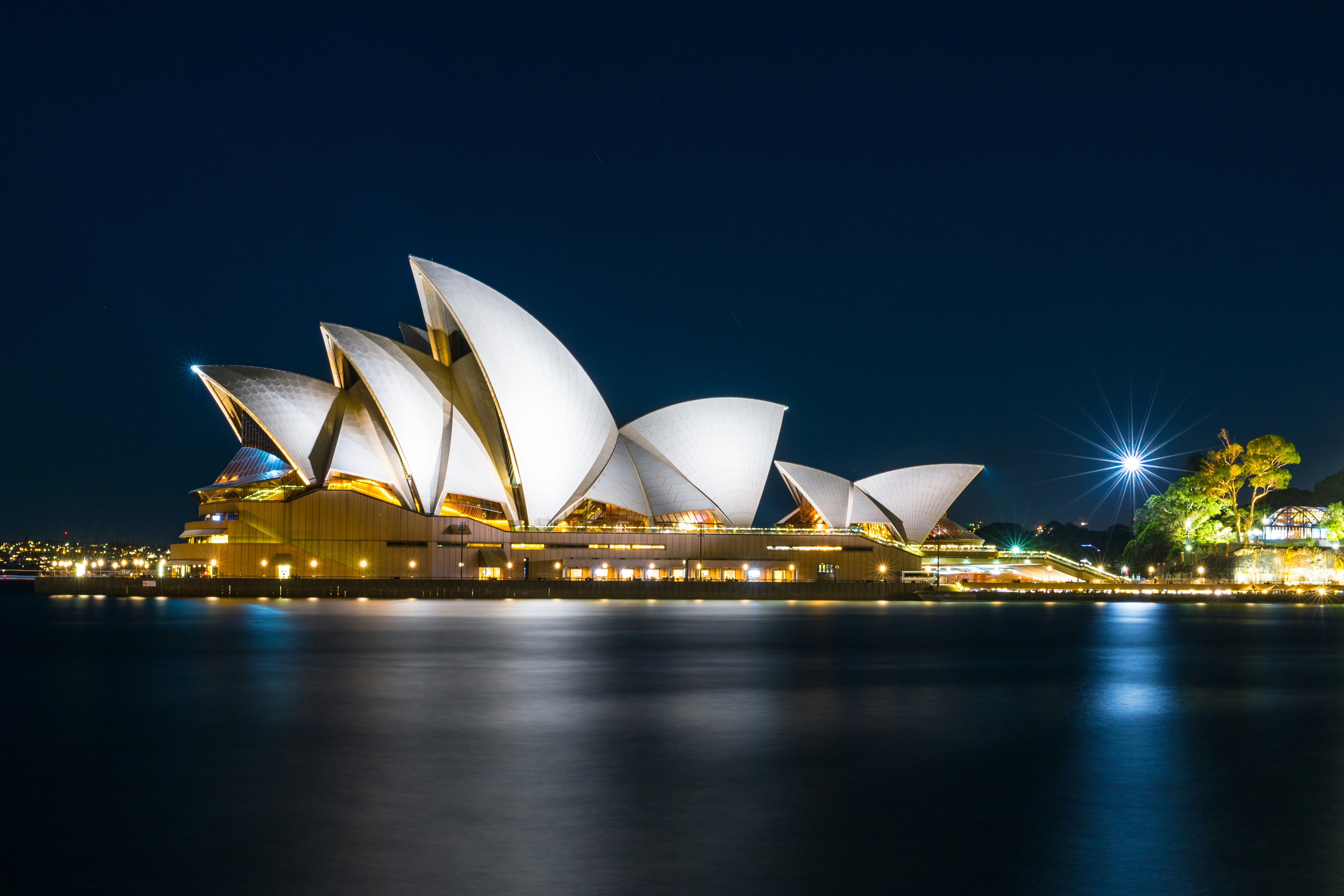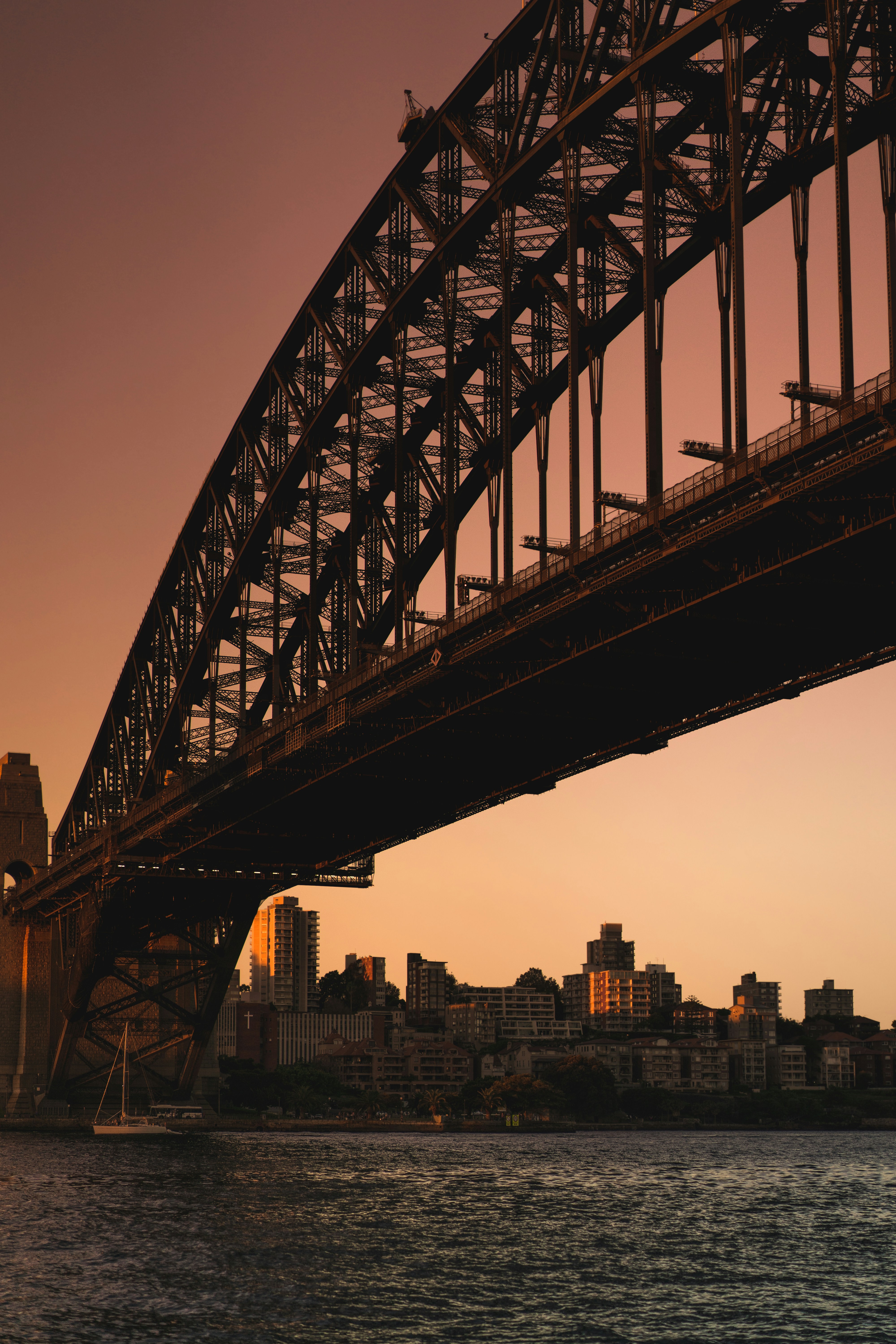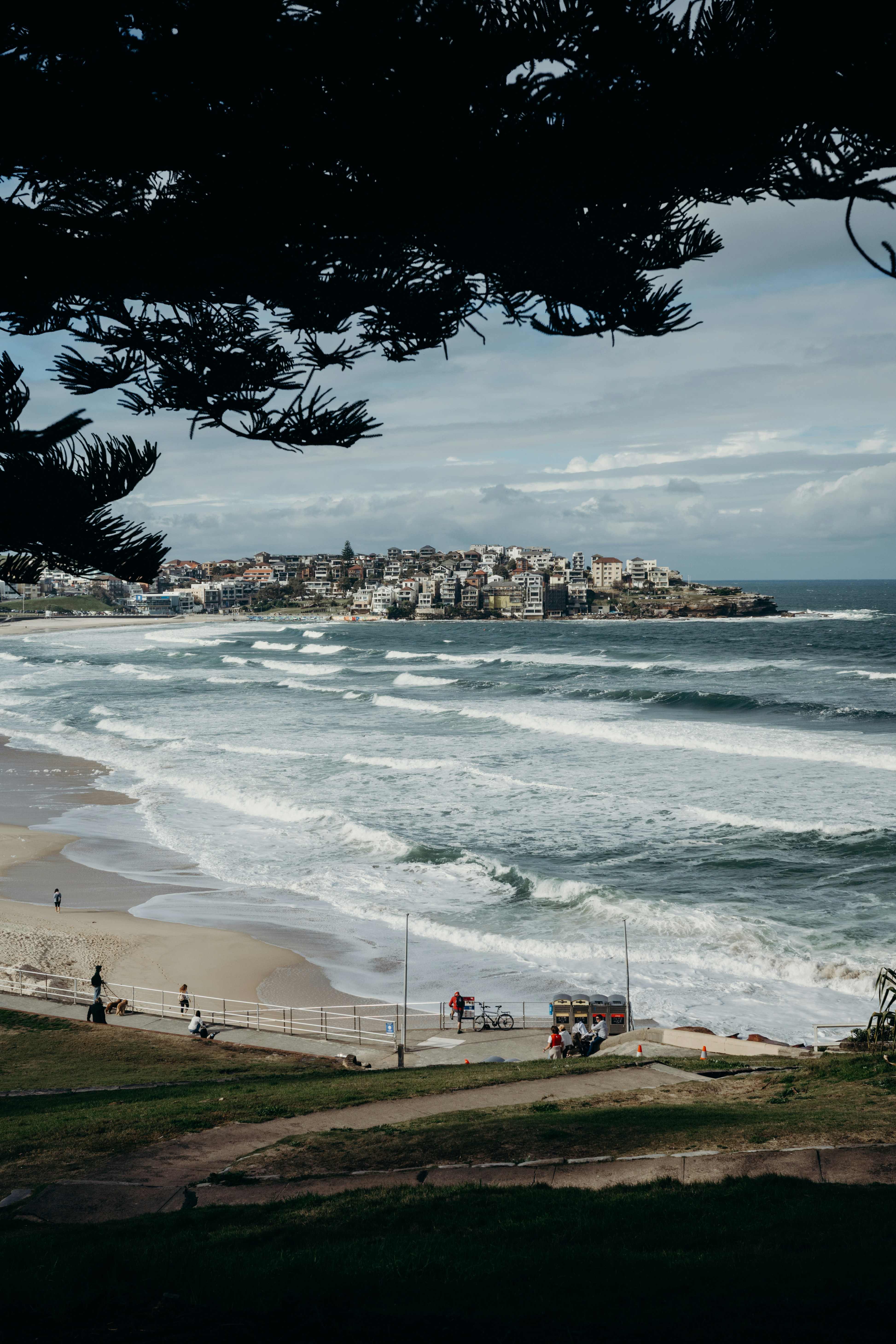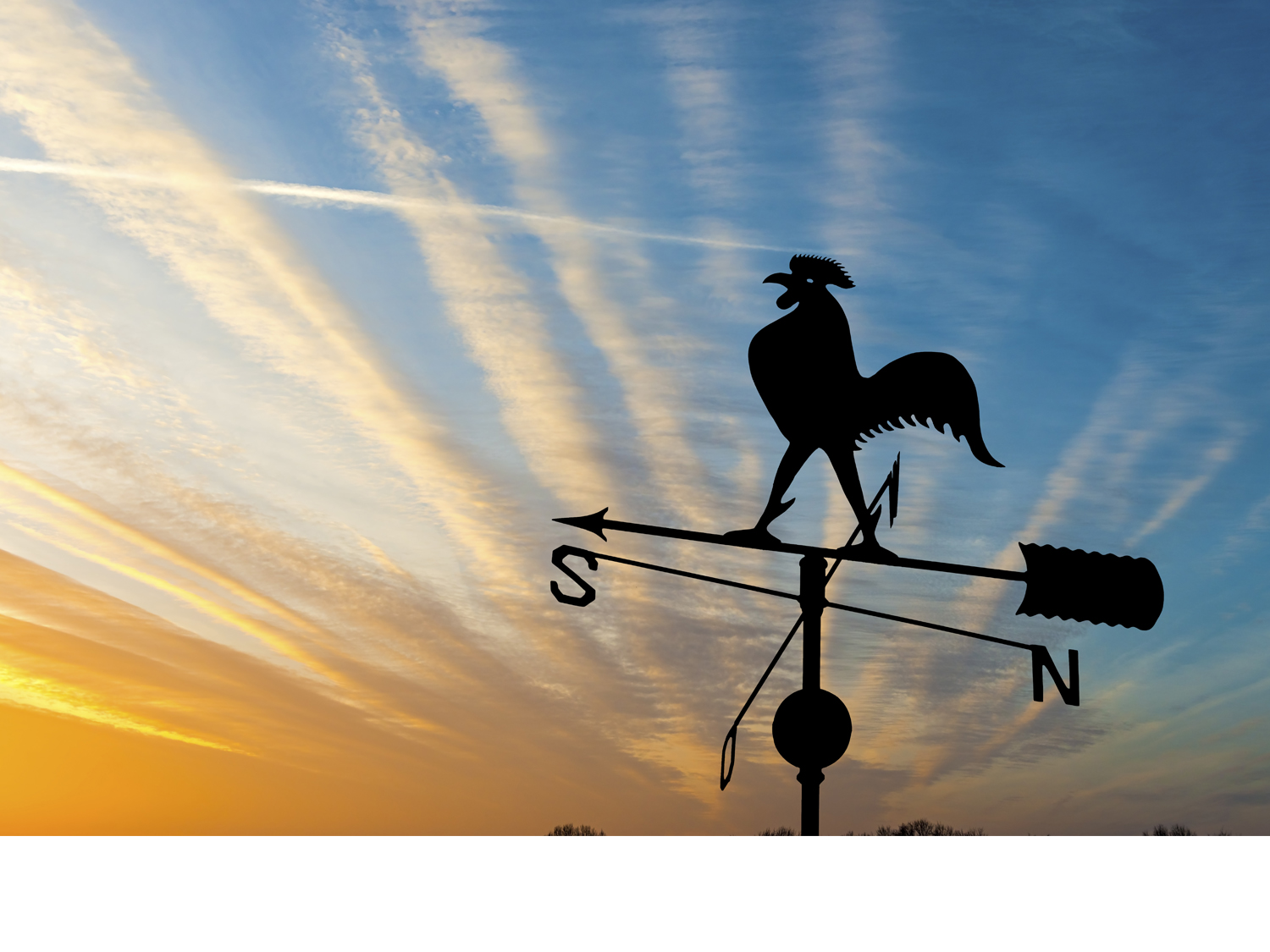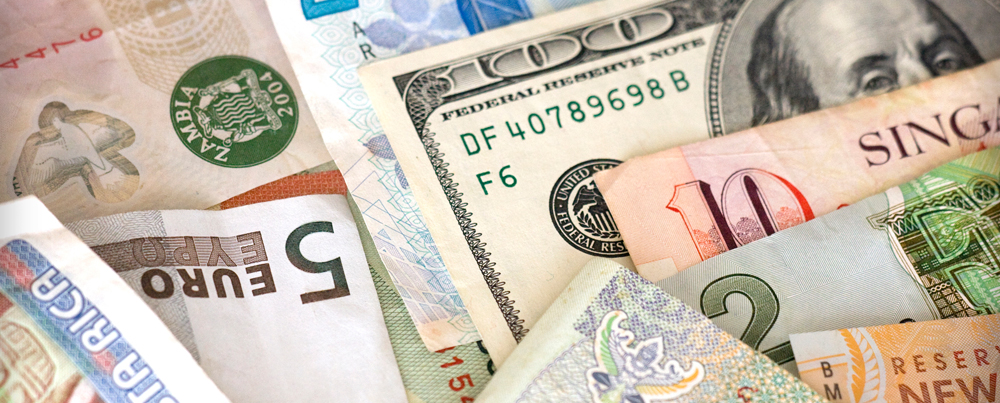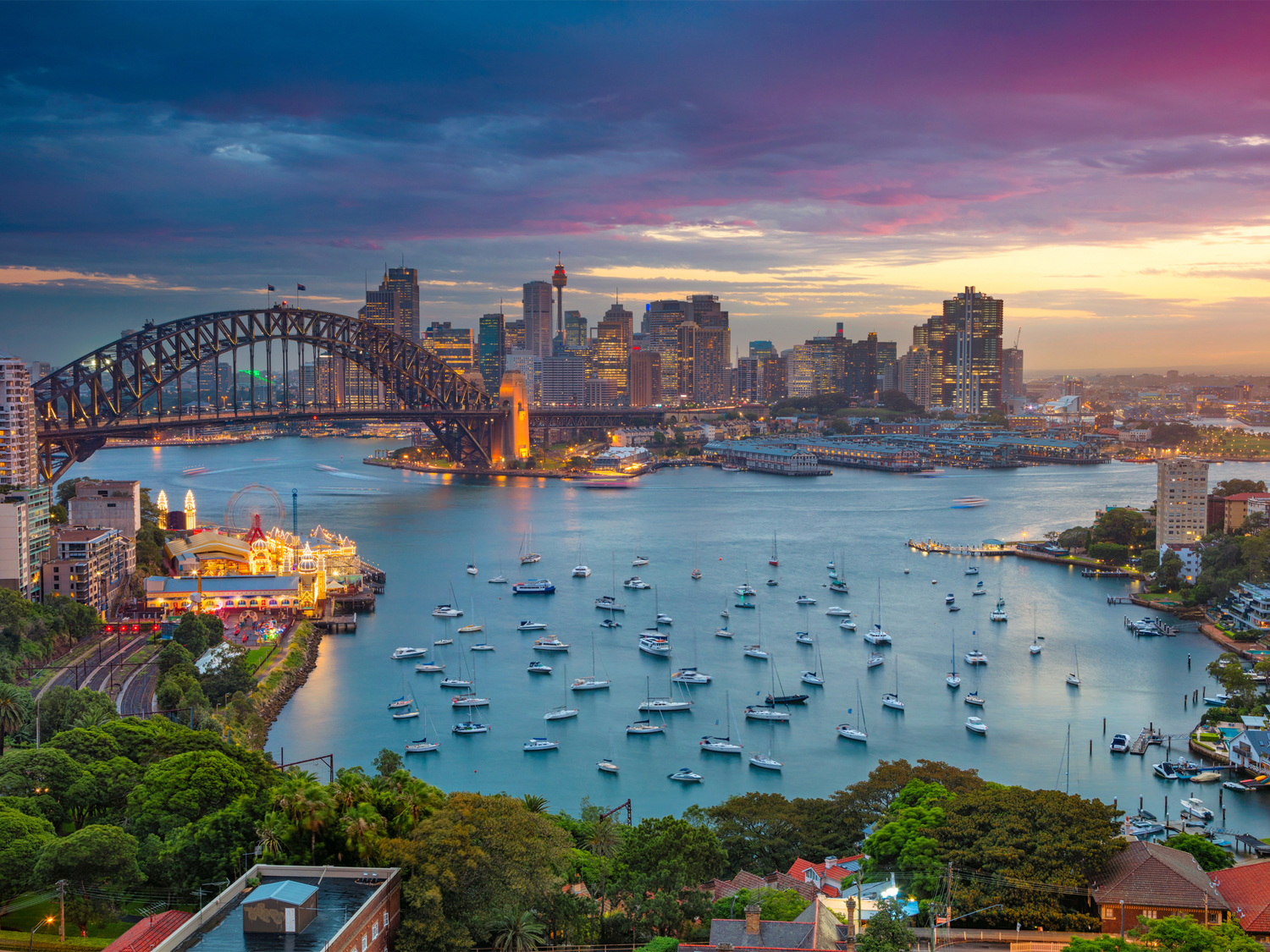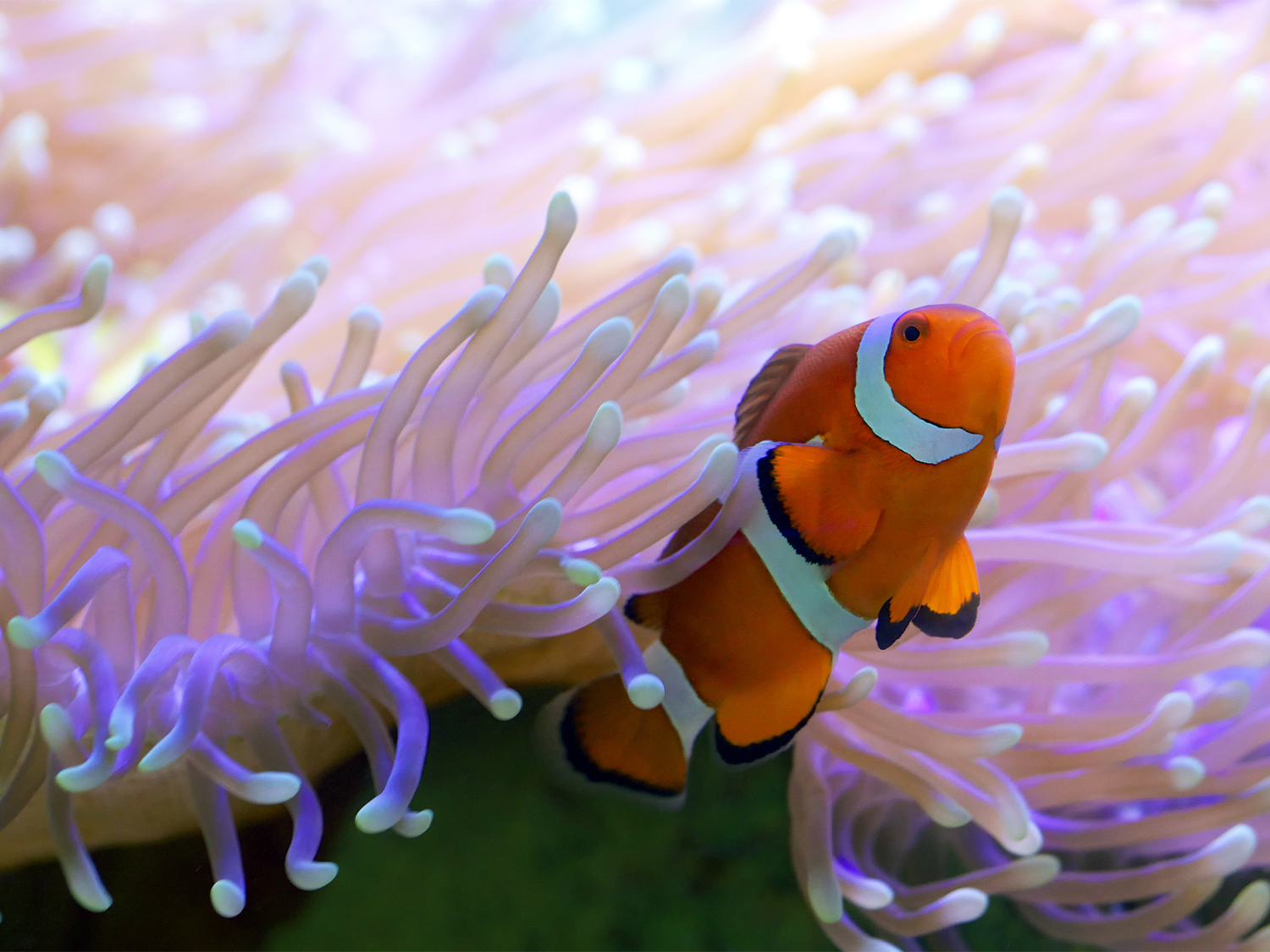Best guided tours to Sydney, AustraliaUnveil Sydney’s Wonders: Expertly Guided Tours of Iconic Landmarks and Hidden Gems
When do you want to go?
2024
I'm flexible
Passengers
Adults (18+)
Children (0 - 17)
Welcome to Sydney, Australia: A Dynamic City by the Harbour
Australia’s oldest and most iconic city, Sydney presents a relaxed, beachside vibe within a thriving metropolis. Watch a show at the World Heritage-listed Opera House or take to the waves at Bondi Beach. Explore the trendy Darling Harbour and the historic laneways of The Rocks, then indulge in the city’s many restaurants and secret bars. Catch a ferry to the white sands and turquoise waters of Manly Beach or take on the exhilarating Sydney Harbour Bridge Climb. The stunning Blue Mountains make for an easy day trip, with the Royal Botanic Gardens providing the ideal setting for a peaceful stroll. Heritage buildings include Sydney Town Hall, Parliament House and the Australian Museum and vibrant festivals run throughout the year. Combine this with beautiful coastal walks, markets, and the possibility of seeing migrating humpback whales, and it’s clear Australia’s famous harbour city really does have something for everyone.
Guided tours to Sydney
Guided tours in Sydney offer an immersive way to experience the city’s rich history, iconic landmarks, and vibrant culture. Whether you’re interested in exploring the Sydney Opera House, strolling through The Rock’s historic cobblestone streets, or taking in breathtaking views from the Sydney Harbour Bridge, a guided tour provides insightful commentary and local knowledge that enhances your visit. No matter how you choose to explore the city, on the go tours offer a convenient and engaging way to uncover Sydney’s many layers, making it an ideal choice for travellers looking to deepen their connection with the city.
Things to know about Sydney
A Journey Through History
Sydney’s history dates back to 1788, when the First Fleet, a group of British ships, arrived at Port Jackson, marking the beginning of European settlement in Australia. Originally established as a penal colony, Sydney has transformed from a remote outpost to a thriving global city. The area of The Rocks, located near Circular Quay, is one of the oldest parts of the city, where cobblestone streets, sandstone buildings, and historic pubs tell the story of Sydney’s early days. Here, visitors can explore museums, such as The Rock Discovery Museum, and learn about the city’s colonial past and its evolution into a vibrant metropolis.
Iconic Landmarks
Sydney is home to some of the world’s most recognisable landmarks. The Sydney Opera House, with its innovative sail-like design, stands as a symbol of Australia and is one of the most photographed buildings globally. Opened in 1973, the Opera House hosts over 1,500 performances annually, ranging from opera and ballet to theatre and contemporary music. Its location on Bennelong Point offers breath-taking views of Sydney Harbour, making it a must-visit destination.
Adjacent to the Opera House is Sydney Harbour Bridge, another iconic structure that has become synonymous with the city. Completed in 1932, the bridge connects the Sydney central business district (CBD) with the North Shore. Visitors can walk, cycle, or drive across the bridge, but for the more adventurous, the BridgeClimb offers an exhilarating opportunity to ascend the arches and enjoy panoramic views of the city and beyond. At 134 metres above sea level, the summit provides a unique perspective of Sydney’s skyline and its surrounding waterways.
Sydney Harbour itself is one of the most beautiful natural harbours in the world, featuring 240 kilometres of shoreline and over 50 beaches. The harbours are a hub of activity, with ferries, yachts, and cruise ships navigating their waters. A cruise on the harbour offers views of landmarks such as Fort Denison, Shark Island, and the many coves and inlets that make up this stunning maritime landscape. The harbour is also home to Taronga Zoo, where visitors can see native Australian wildlife, including koalas, kangaroos, and platypuses, against the backdrop of the city skyline.
A Cultural Tapestry
Sydney is a cultural melting pot, renowned for its diverse arts scene and vibrant culinary landscape. The city’s multicultural population, drawn from 180 nationalities, is reflected in its neighbourhoods, festivals, and cuisine. Areas like Chinatown, located near Darling Harbour, offer a taste of Asia with bustling markets, authentic restaurants, and cultural events such as the annual Chinese New Year celebrations. Little Italy in Leichhardt and the Middle Eastern enclave of Lakemba are other examples of Sydney’s cultural diversity, where the flavours, aromas, and traditions of different cultures are vividly alive.
The city’s arts scene is equally diverse, with a wealth of galleries, museums, and theatres that cater to all tastes. The Art Gallery of New South Wales, located in The Domain, houses an impressive collection of Australian, European, and Asian art. The Museum of Contemporary Art (MCA), situated at Circular Quay, focuses on modern and contemporary works, often featuring exhibitions from leading international artists. Sydney is also home to the Australian Museum, which delves into the natural history and indigenous cultures of Australia, offering insights into the country’s rich heritage.
Sydney’s cultural vibrancy is further highlighted by its numerous festivals and events. The Sydney Festival, held every January, is a celebration of arts and culture, featuring performances, installations, and exhibitions across the city. Vivid Sydney, a festival of light, music, and ideas, transforms the city into a canvas of colour with light installations, projections, and interactive displays. The Sydney Film Festival and the Biennale of Sydney, an international art event, are other key cultural highlights that draw visitors and artists from around the world.
Embracing the Outdoors
Sydney’s mild climate, with warm summers and mild winters, encourages an active outdoor lifestyle that is deeply ingrained in the city’s culture. The coastline is lined with some of Australia’s most famous beaches, each offering a unique experience. Bondi Beach, located just 7 kilometres from the city centre, is renowned for its surf culture, golden sands, and the Bondi Icebergs swimming club. The Bondi to Coogee coastal walk is a popular trail that takes walkers along the rugged cliffs, offering spectacular views of the Pacific Ocean and passing through several smaller beaches like Bronte and Tamarama.
Manly Beach, accessible by a scenic ferry ride from Circular Quay, is another iconic destination known for its relaxed atmosphere, excellent surfing conditions, and vibrant café scene. The beach is a gateway to the Northern Beaches, a stretch of coastline that includes Dee Why, Curl Curl, and Palm Beach, each with its own character and charm. For those seeking tranquilly, Sydney’s secluded harbour beaches, such as Balmoral and Camp Cove, provide a peaceful retreat with calm waters and picturesque settings.
Sydney’s commitment to green spaces is evident in its numerous parks and gardens. The Royal Botanic Gardens, located adjacent to the Sydney Opera House, is a 30-hectare oasis of native and exotic plants, offering stunning views of the harbour and the city skyline. Established in 1816, the gardens are a place of scientific research, conservation, and recreation, where visitors can explore themed gardens, attend educational programmes, and enjoy picnics on the lush lawns.
Centennial Park, located in the eastern suburbs, is another major green space that serves as the city’s ‘green lungs’. Covering 189 ha, the park features vast open spaces, ponds, and tree-lined avenues, making it a popular spot for jogging, cycling, horseback riding, and family outings. Hyde Park, located in the heart of the city, is Australia’s oldest park and offers a tranquil escape with its stately fig trees, fountains, and memorials. Beyond the city, Sydney is surrounded by national parks such as Ku-ring-gai Chase, the Royal National Park, and the Blue Mountains, which offer endless opportunities for hiking, camping, and wildlife observation.
Popular Sites to See in Sydney
Sydney Opera House
An architectural masterpiece with its sail-like design, the Sydney Opera House is one of the most recognisable buildings in the world. Visitors can take guide tours, attend performances, or simply enjoy the views from the surrounding areas. The building hosts a wide range of cultural events, including opera, ballet, theatre, and concerts.
Sydney Harbour Bridge
Known as the “Coathanger,” this iconic bridge offers spectacular views of the city and harbour. You can walk or cycle across the bridge, or for a more adventurous experience, participate in a BridgeClimb to the top for panoramic views. The bridge is also a marvel of engineering, connecting Sydney’s central business district (CBD) with its northern suburbs.
Bondi Beach
One of Australia’s most famous beaches, Bondi Beaches is renowned for its surf culture, golden sands, and vibrant atmosphere. The Bondi to Coogee coastal walk is a scenic route that offers stunning ocean views and access to several smaller beaches. Bondi also features a variety of cafes, restaurants, and shops.
Frequently asked questions
What is the best time to visit Sydney?
Sydney has a temperate climate, making it a year-round destination. However, the best time to visit is typically during the Australian spring (September to November) and autumn (March to May), when the weather is mild and pleasant. Summer (December to February) is warmer and popular for beachgoers, but can also be crowded and hotter. Winter (June to August) is cooler but still mild compared to many other places, with fewer tourists.
What should I pack for a trip to Sydney?
Packing depends on the season of your visit. In summer, bring light, breathable clothing, swimwear, sunscreen, and a hat. In winter, pack a light jacket or sweater, as temperatures can drop in the evenings. Comfortable walking shoes are recommended for exploring the city, and if you plan to visit the beaches or participate in outdoor activities, don’t forget swimwear and sportswear.
Where can I find good food in Sydney?
Sydney is renowned for its diverse food scene:
- Chinatown: Enjoy authentic Asian cuisine.
- Darling Harbour: Explore a variety of restaurants and waterfront dining options.
- Surry Hills and Newtown: Known for trendy cafes and innovative dining.
- Bondi Beach: Offers a range of casual dining and beachside eateries.
- Paddington Markets: Great for street food and local artisanal products.
Is Sydney a safe city for tourists?
Sydney is generally considered a safe city for tourists. However, as with any major city, it's important to stay aware of your surroundings, especially in crowded areas. Keep an eye on your belongings, avoid isolated areas at night, and use reputable transport services. Emergency services can be reached by dialing 000.
What currency is used in Sydney?
Sydney uses the Australian Dollar (AUD). Currency exchange services are available at airports, banks, and various locations throughout the city. Credit cards are widely accepted.
Do I need a visa to visit Sydney?
Most international visitors need a visa to enter Australia. The type of visa required depends on your nationality and the purpose of your visit. You can apply for an Electronic Travel Authority (ETA) or eVisitor visa online before your trip. Check the Australian Government’s Department of Home Affairs website for specific requirements based on your citizenship.
Can I use my mobile phone in Sydney?
Yes, Sydney has good mobile phone coverage, and most international phones will work there. It’s advisable to check with your service provider about international roaming charges. Alternatively, you can purchase a local SIM card or portable Wi-Fi device for data and calling needs.
Are there any specific cultural etiquette tips I should be aware of?
Australians are generally friendly and laid-back. Tipping is appreciated but not obligatory. It’s customary to stand on the left side of escalators to allow people in a hurry to pass on the right. When visiting beaches, swim between the flags for safety, and be mindful of local wildlife and environmental conservation practices.
Australian Travel Guides
Our customers say
Excellent
4.4 out of 5 based on 275 reviews
